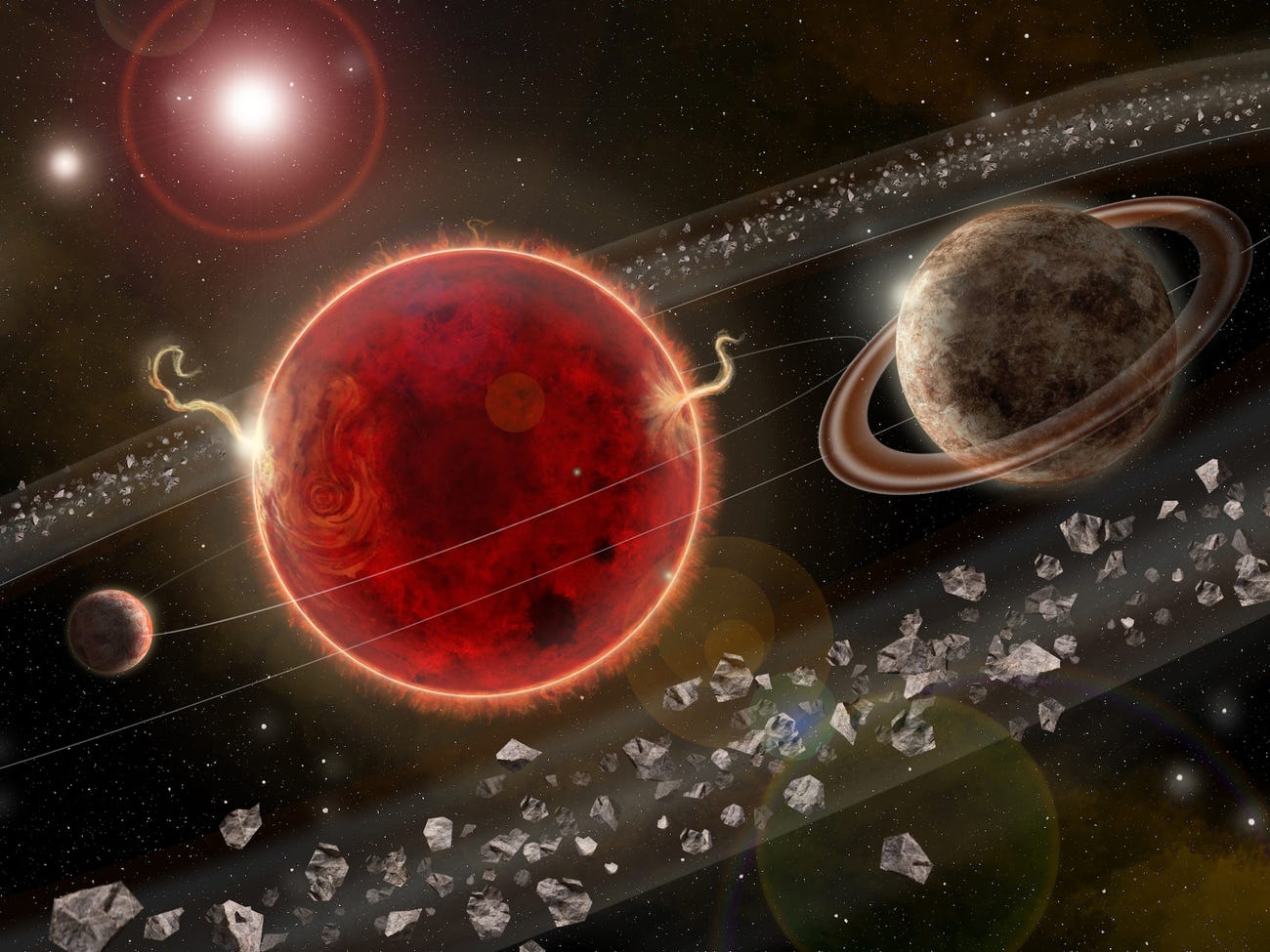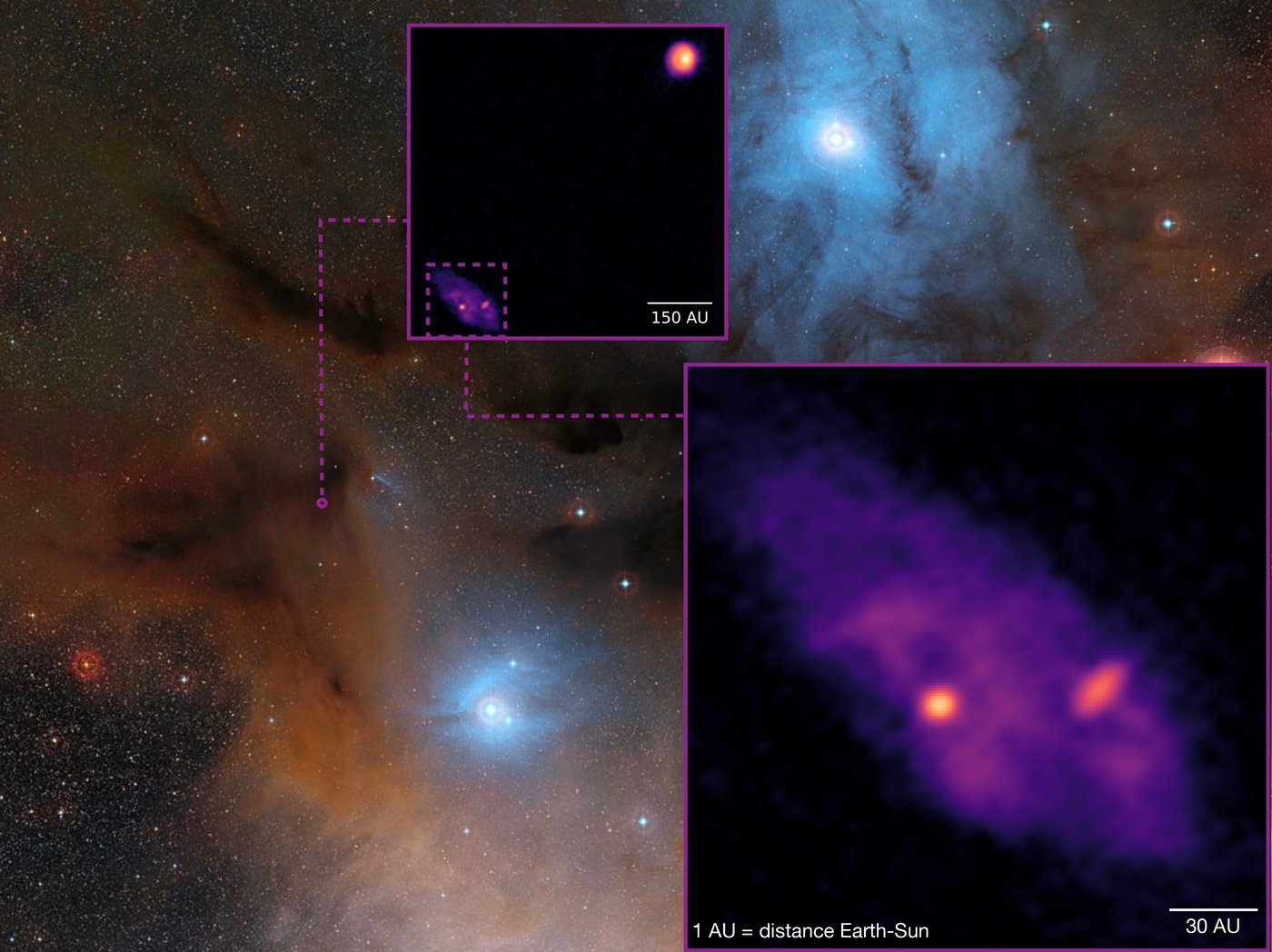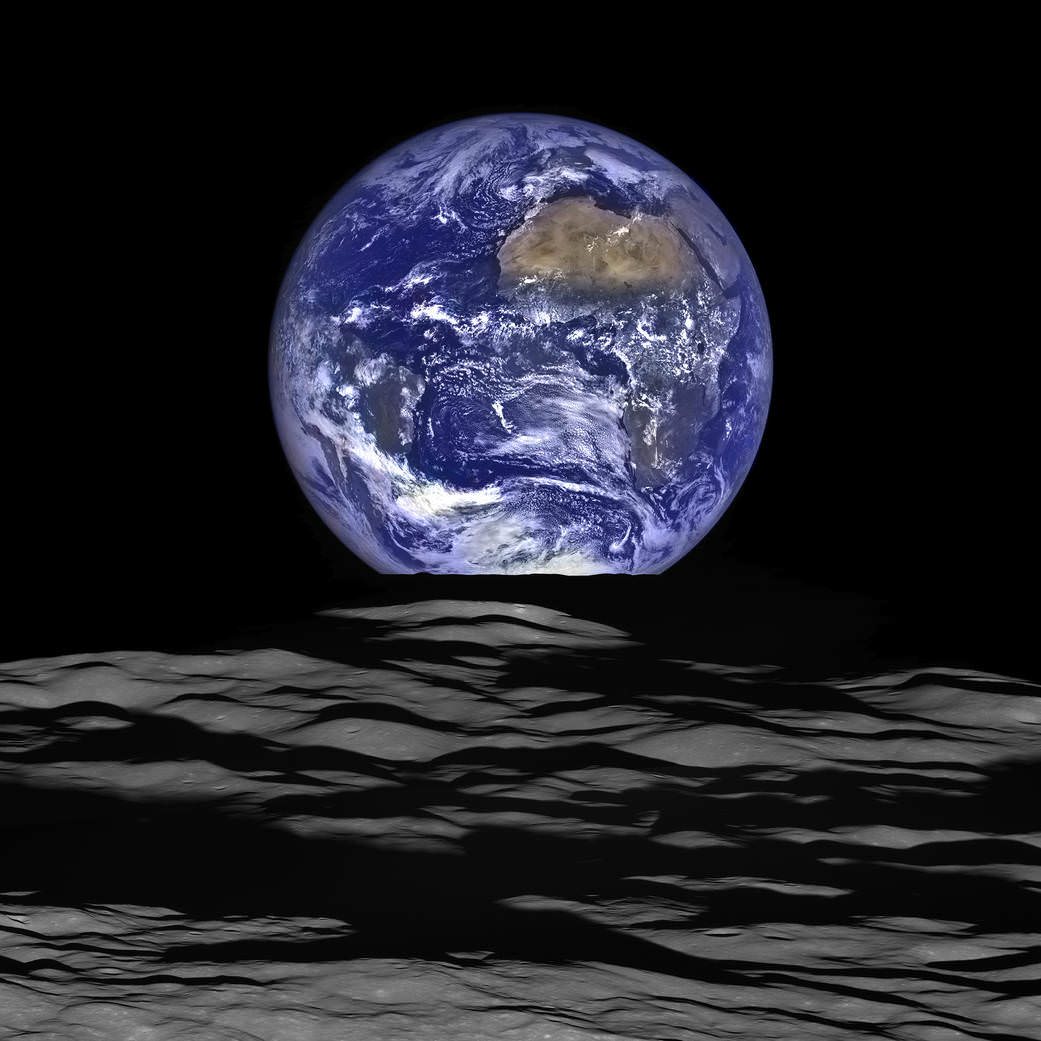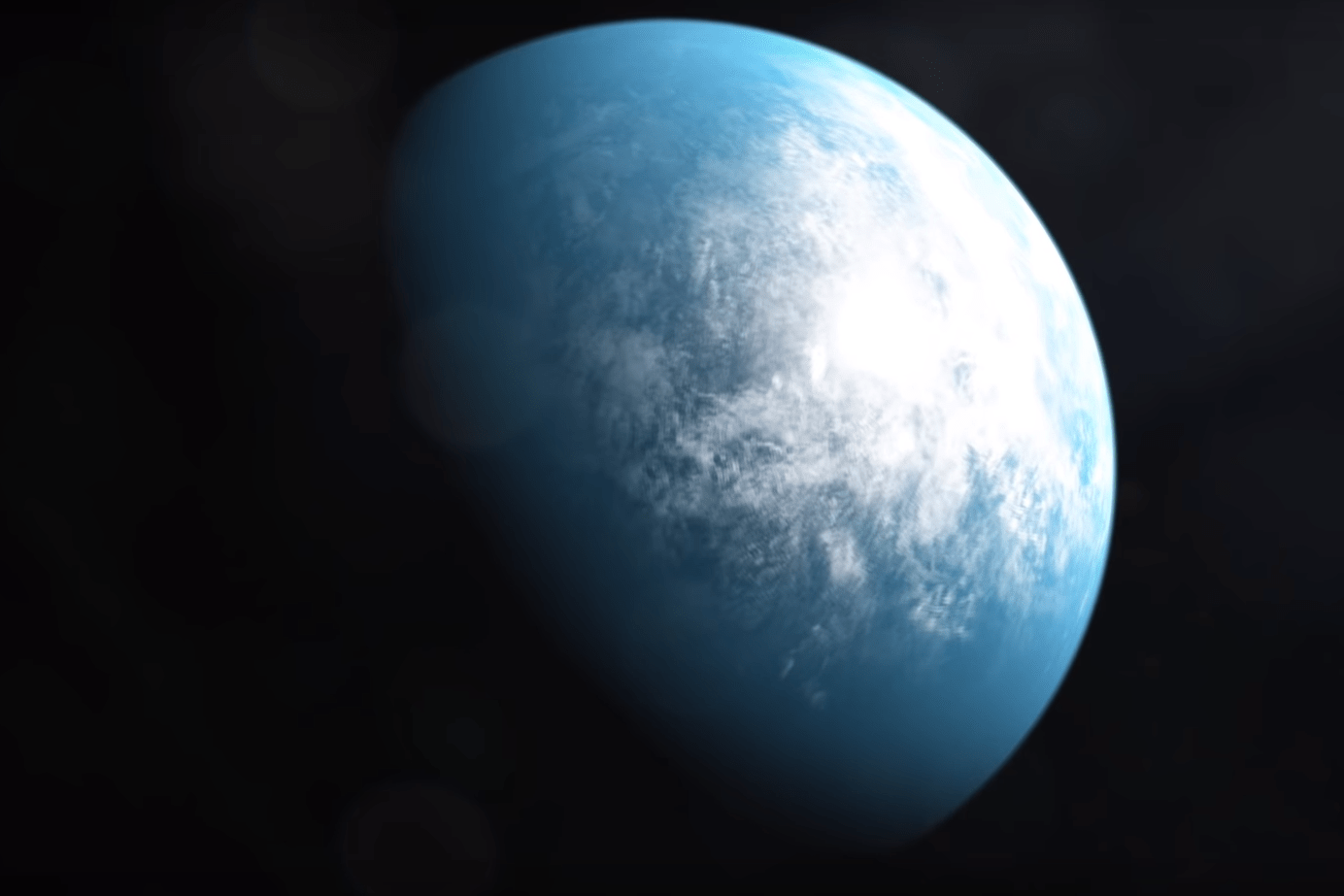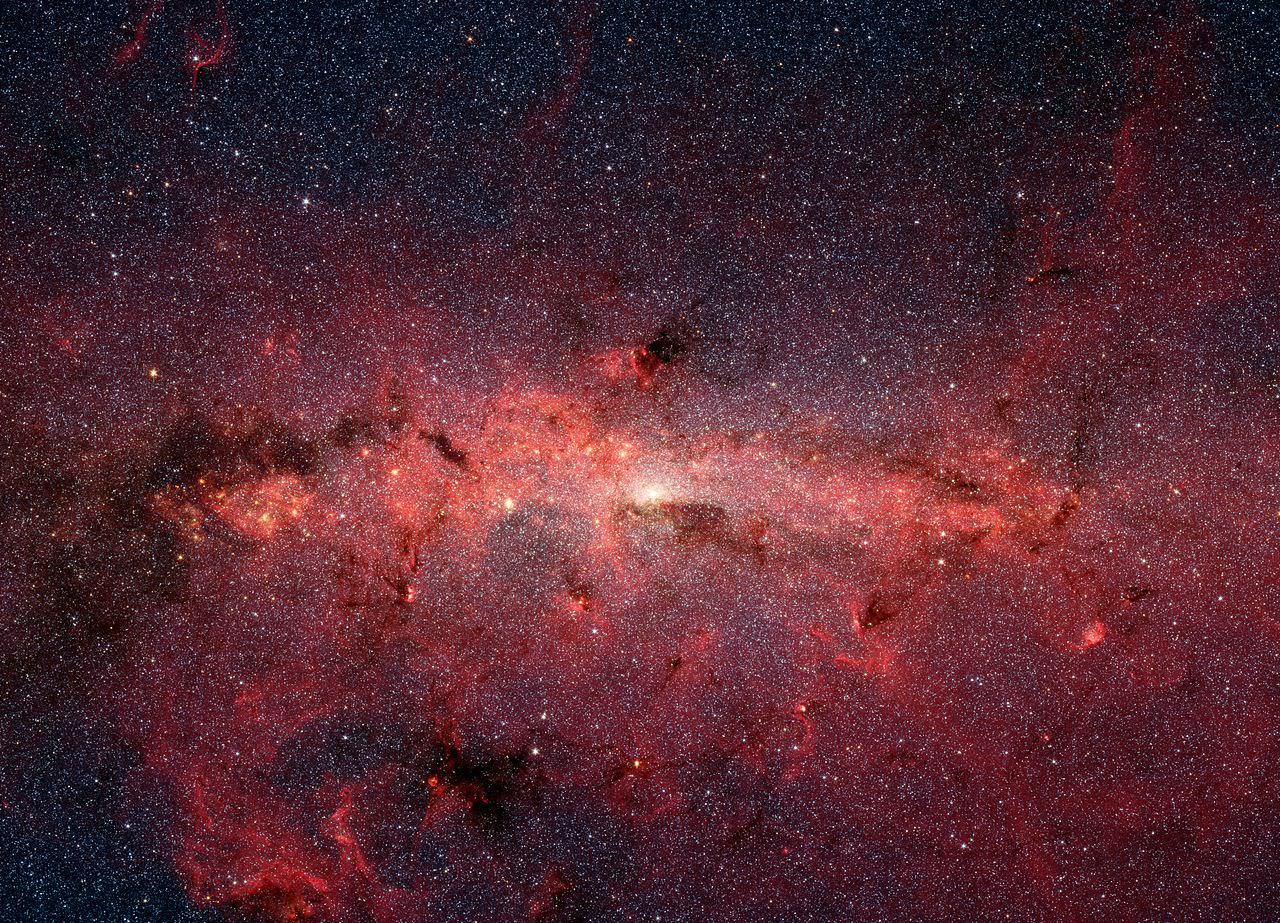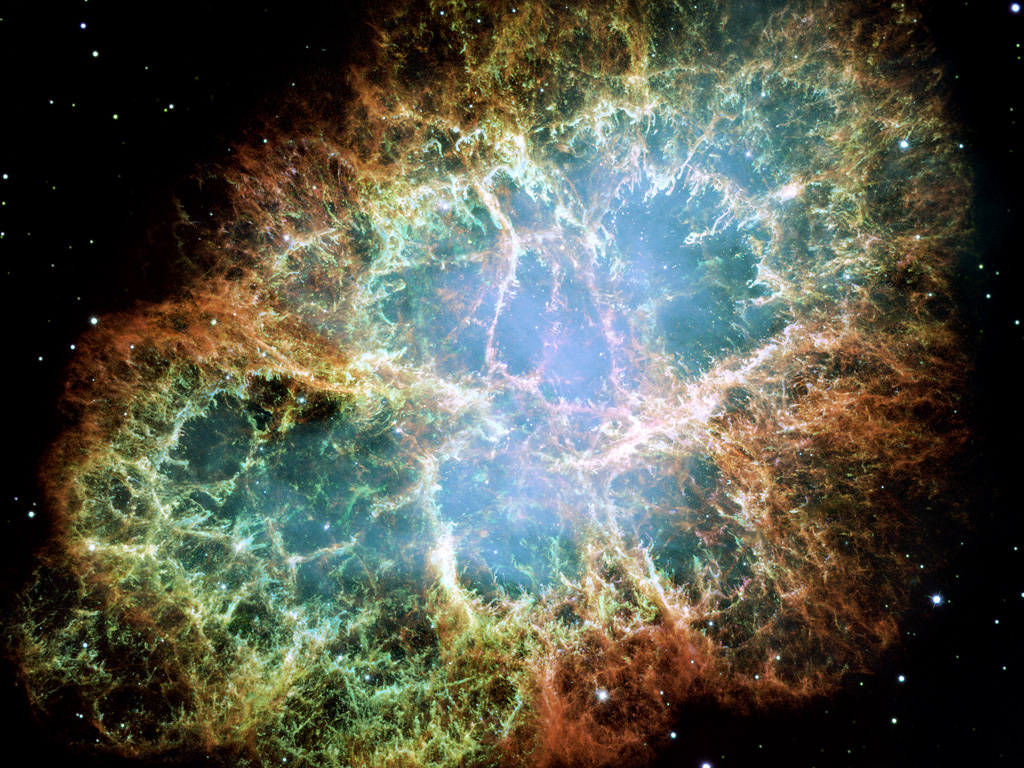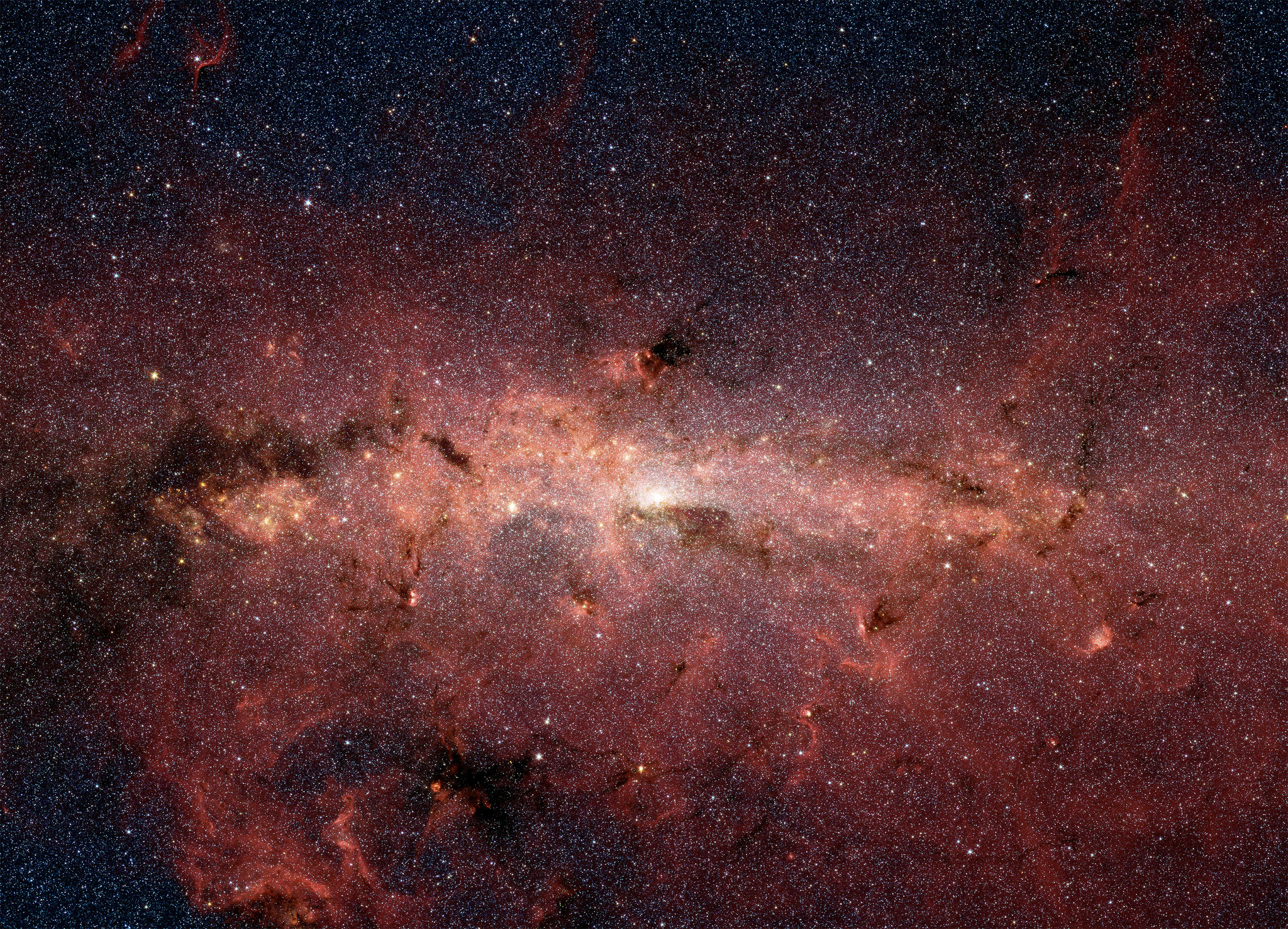We here at Universe Today would like to express our support for Black Lives Matter and the countless people who are currently marching and demonstrating across Canada and the United States. To support Moiya and other black scientists and science communicators in STEM, we’ll be silent on Wednesday. Go to https://www.particlesforjustice.org/ for more info.
At the center of our galaxy resides the Galactic Bulge, a densely-packed region of stars, dust, and gas. Within this massive structure, which spans thousands of light-years, there are an estimated 10 billion stars, most of which are old red giant stars. Because of this density, astronomers have often wondered if a galactic bulge is a likely place to find stars with habitable planets orbiting them.
Essentially, stars that are closely packed together are more likely to experience close encounters with other stars, which can be catastrophic for any planets that orbit them. According to a new study from Columbia University’s Cool Worlds Lab, most stars in the Bulge will experience dozens of close encounters over the course of a billion years, which could have significant implications for long-term habitability in this region.
ThRead more

